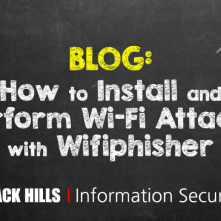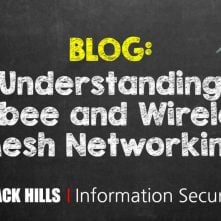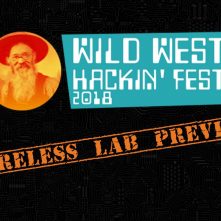Wi-Fi Forge: Practice Wi-Fi Security Without Hardware
In the world of cybersecurity, it’s important to understand what attack surfaces exist. The best way to understand something is by first doing it. Whether you’re an aspiring penetration tester, […]









